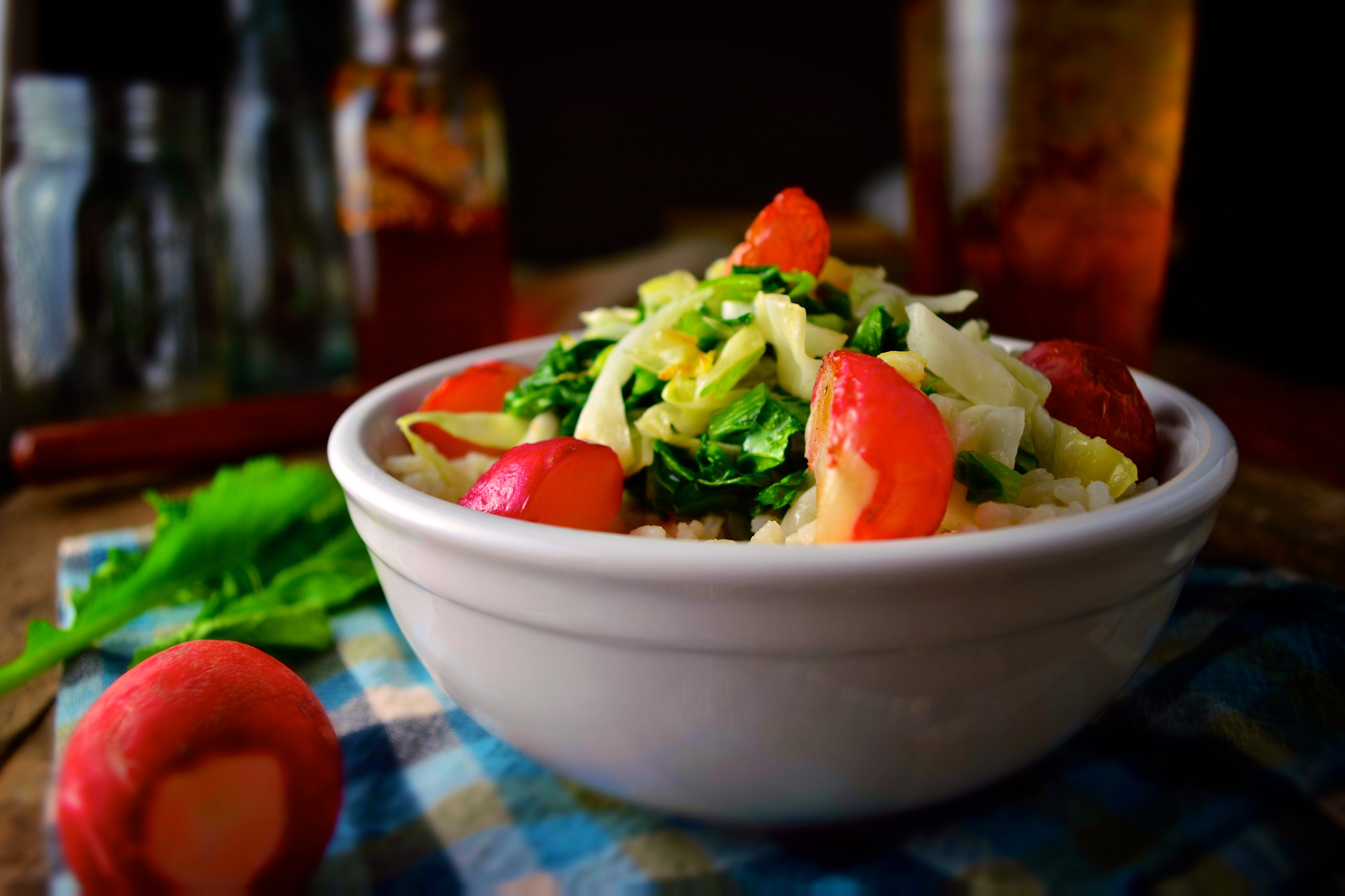With many Americans now rapidly adjusting to working or studying from home – often within arm’s reach of the refrigerator or pantry – the temptation to overeat is a real one, and it can have real consequences.
A recent study in the University of Georgia’s College of Family and Consumer Sciences showed that occasional overeating can have long-lasting health effects.
The study found that adults going on a one- to three-week vacation gained an average of nearly a pound during the trip, and suggested that small weight gains that add up over time can lead to obesity.
Here, experts from the College of Family and Consumer Sciences department of foods and nutrition provide some tips to avoid overeating while sheltering in place.
Create a flexible schedule
Schedules are unpredictable as many people are now balancing online meetings and classes, educating their children and caring for others ranging from infants to older relatives.
“These tasks have been added to our many other responsibilities,” said Emma Laing, clinical associate professor and director of dietetics. “So if something has to give as we strive to find our new normal, routines surrounding eating and physical activity might go out the window.”
As you seek to reclaim some sense of normalcy, start by carving out times during the day to engage in movement you enjoy and to eat regular meals and snacks that provide adequate energy and hydration, Laing said.
“In creating this schedule, do so while maintaining flexibility,” Laing said. “It’s important to trust our bodies’ cues for hunger, so listen to those first.”
Move around
Social distancing doesn’t mean you have to stop exercising. In fact, staying active is among the most positive stress management strategies.
“Physical activity is good for maintaining immunity, in addition to adequate nutrition,” said Ali Berg, assistant professor and Cooperative Extension nutrition and health specialist. “Being active is also good for mental health.”
According to federal guidelines, adults should aim for 150 minutes of moderate aerobic (cardio) activity per week, 75 minutes of vigorous aerobic activity per week or a combination of moderate and vigorous activity, along with twice weekly muscle-strengthening activities.
If you don’t have weights, you can make your own. Fill empty milk jugs with dirt or sand, or use common items like books, detergent bottles or bags of fruit to add resistance to exercises.
Children and adolescents should get at least 60 minutes or more per day of aerobic activity, which should include active play time.
With gyms and yoga studios closing in the wake of the pandemic, find creative ways to incorporate movement.
“I start each day with a 2-mile walk,” said clinical assistant professor Tracey Brigman. “Anytime I cook, I dance (and embarrass my kids). Music also lifts my spirits so I don’t stress eat. If I have down time waiting for a timer, I jog around the rooms in my house while I wait.”
Brigman offered several simple ways to stay active: play with your pets, find workouts on YouTube or via free apps, play board games with the family and even clean the house.
Curb mindless snacking
It’s important to figure out why you’re feeling an urge to snack in the first place.
“If you are snacking out of boredom, try to find an alternative activity, like reading or getting outside,” said Barbara Grossman, clinical associate professor.
Grossman also cautioned against snacking while watching television, which can lead to passive overeating.
“When the snacking urge starts,” Berg said, “try an ‘exercise snack’ instead, such as one minute of jumping jacks, marching in place, seated punches, dancing or a lap or two around your house.”
Another strategy is to plan healthy snacks for easy access when you’re hungry.
“Try to snack on some lower-calorie foods, such as raw veggies and hummus,” Grossman said.
Laing suggested focusing your attention on what you can add instead of what you should limit.
When ordering takeout or planning your shopping list, aim to meet U.S. Department of Agriculture MyPlate recommendations of filling half your plate with fruits and vegetables, one-fourth with grains, of which at least half should be whole grains, and one-fourth of your plate with lean protein.
When choosing dairy, aim for low-fat or fat-free options.
Fresh fruits and vegetables are packed with nutrients, but canned and frozen varieties are also excellent options and can be stored longer, Laing said. Rice, pastas, cereals, canned meat and beans and shelf-stable milks also can be stored.
Looking for inspiration? Several free apps like MyPlate, Yummly and All Recipes can guide you in creating recipes from the foods you currently have in your pantry.
Bottom line: seek balance
Having an unprecedented and abrupt shift in routine likely will lead to disruptions in your normal eating and activity patterns – and routines are being redefined each day.
Laing emphasized that healthy eating and exercise should be a priority, but now is not the time to embark on a trendy diet; nor should you obsess over the changes in your exercise or eating patterns if it adds more stress to your life.
“The way we are coping with stress and anxiety over the current situation is more important than stressing about the fear of gaining weight,” she said.
This can be further complicated if you have disordered eating tendencies or have a diagnosed eating disorder.
If overeating is causing you physical discomfort or feelings of shame or guilt, reach out to your primary health care provider, mental health professional or registered dietitian for advice and support. Many are able to offer telehealth services.
Visit the Academy of Nutrition and Dietetics’ COVID-19 page for more information: https://www.eatright.org/coronavirus
Original post https://alertarticles.info



